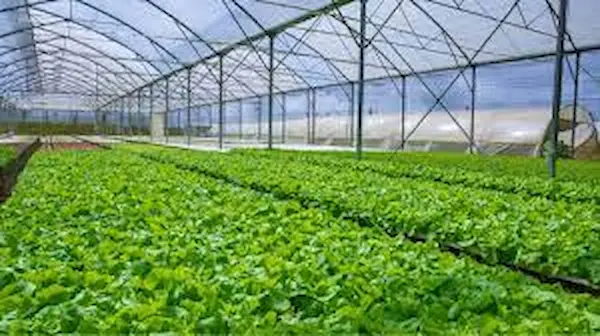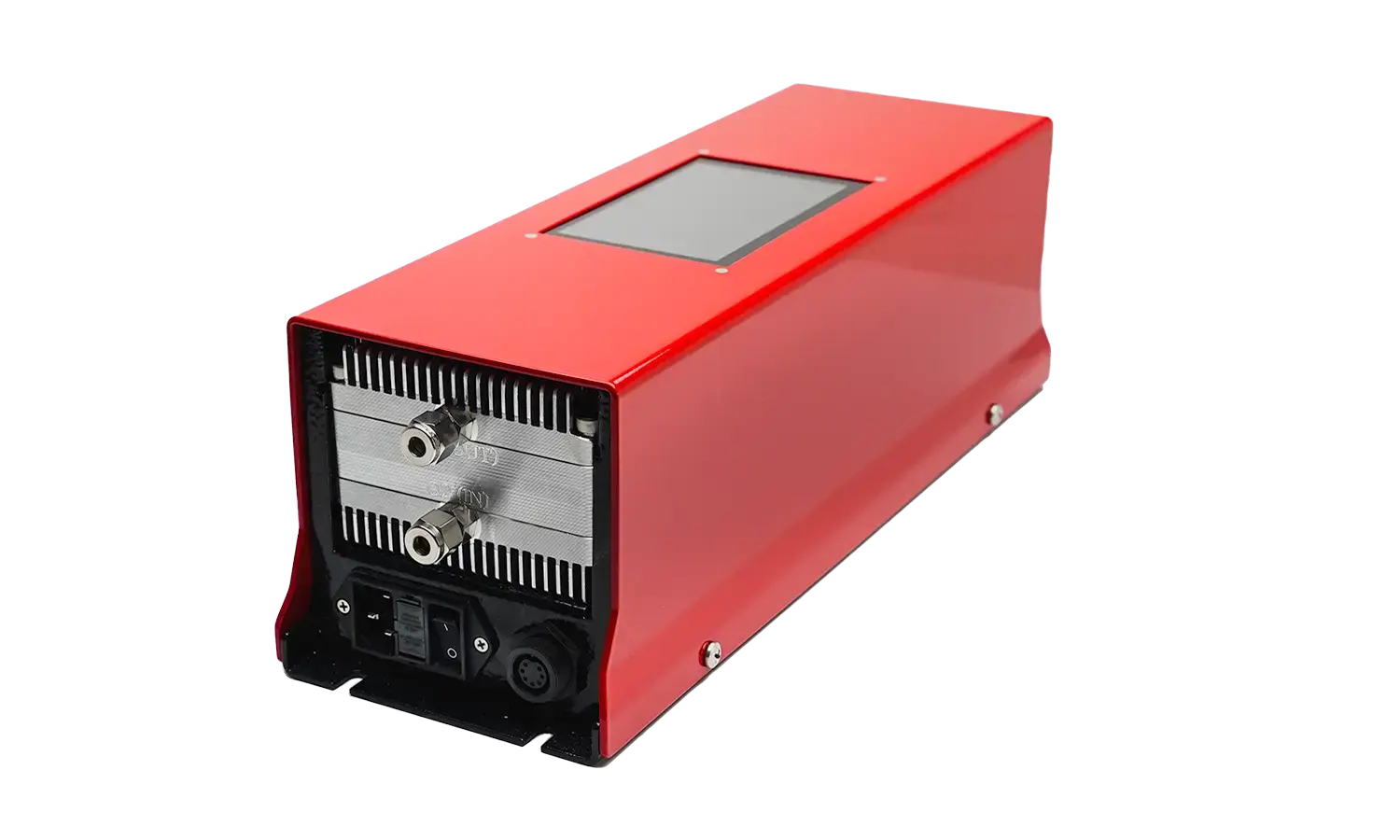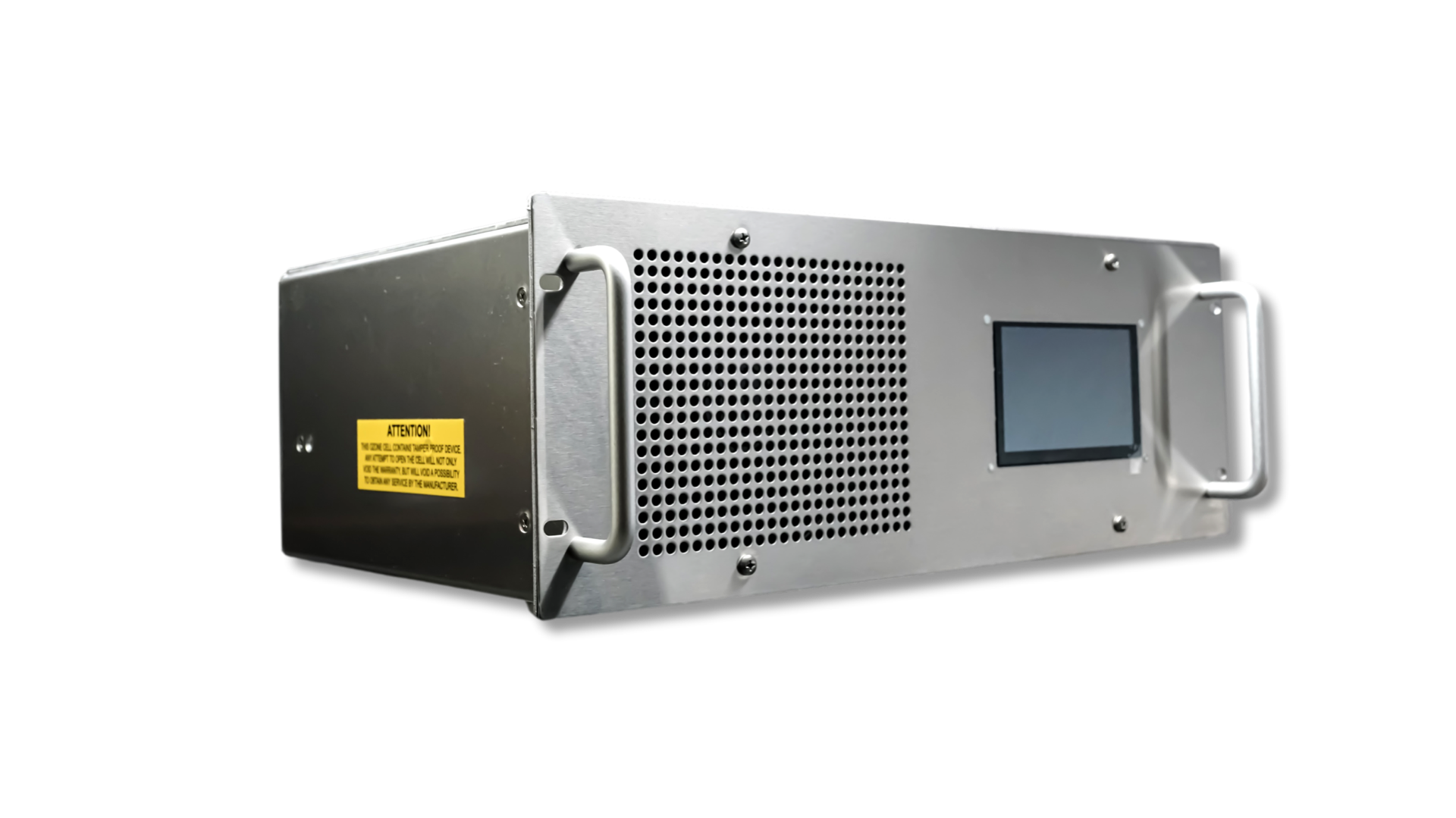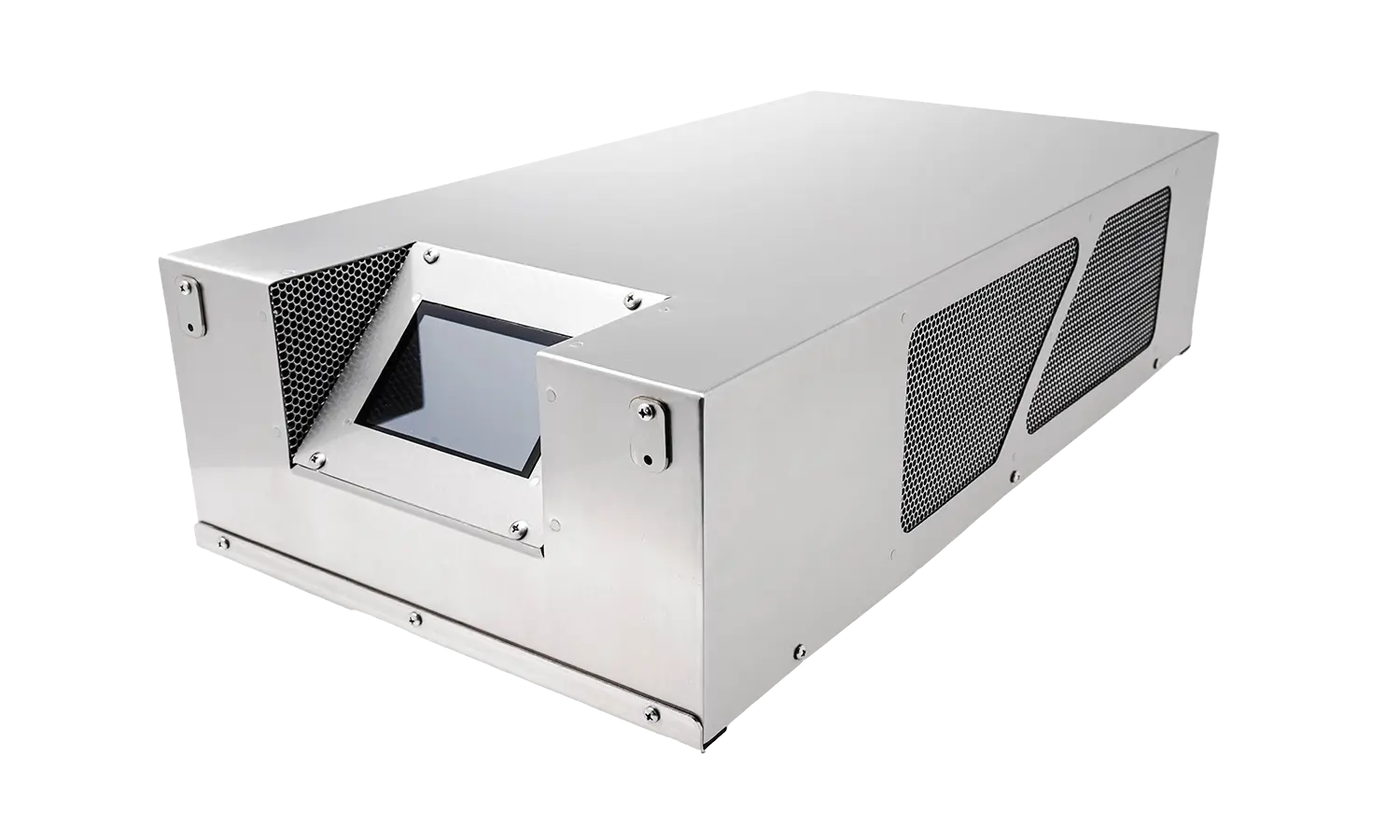Share This Story, Choose Your Platform!
Ozonated Water in Hydroponics: How Ozone Improves Water Quality and Plant Health
Why Use Ozone in Hydroponics?
In hydroponic systems, maintaining clean, oxygen-rich water is essential to ensure healthy plant growth and prevent root diseases. One of the most effective and natural solutions for water disinfection is ozone (O₃), a powerful oxidizing agent used to sanitize nutrient solutions without leaving chemical residues.
Unlike conventional chemical disinfectants, ozonated water improves water quality without affecting the taste, smell, or nutritional value of your crops. When applied correctly, ozone can become a key ally in any hydroponic operation.

How Does Ozone Work in Hydroponics?
Ozone is a molecule composed of three oxygen atoms. It is generated on-site using an ozone generator and must be dissolved in water to be used safely and effectively in hydroponics.
Once dissolved, ozone reacts instantly with microorganisms, organic contaminants, and biofilm in the irrigation system. After completing its disinfectant action, ozone naturally decomposes back into oxygen, leaving no harmful residues.
Important: Ozone should never be injected directly into the grow room air. In hydroponics, its application must always be in the form of ozonated water.
Benefits of Ozonated Water in Hydroponic Systems
1. Elimination of Pathogens
Ozone destroys bacteria, viruses, fungi, and algae that can affect plant roots. This helps prevent diseases such as Pythium (root rot) and Fusarium.
2. Reduction of Biofilm and Organic Load
Ozone breaks down organic matter and biofilm in pipes and tanks, improving the cleanliness of the system and reducing maintenance needs.
3. Increased Dissolved Oxygen
After disinfection, ozone converts into oxygen, enhancing root oxygenation and promoting stronger, healthier root systems.
4. Reduction in Chemical Use
By using ozone, the need for chemical disinfectants like hydrogen peroxide or chlorine is significantly reduced or eliminated.
5. No Residues or Odors
Properly applied, ozone does not leave taste, smell, or harmful residues in the plants or nutrient solution.
How to Apply Ozone Safely in Hydroponics
To take full advantage of ozone’s benefits without risking plant health, it is essential to follow certain best practices:
- Always dissolve ozone in water using a venturi injector or contact tank.
- Control dissolved ozone concentration
- Monitor key parameters: pH, EC, temperature, and dissolved ozone levels.
- Ensure off-gas management: Any residual ozone gas must be destroyed or vented before it reaches the grow environment.
- Apply ozone during flush cycles or before nutrient dosing to avoid oxidation of chelated nutrients.
Risks of Incorrect Ozone Application
If ozone is misapplied or overdosed, it can cause:
- Root damage and reduced nutrient uptake
- Oxidation of essential micronutrients
- Elimination of beneficial microorganisms
- Health risks to operators if ozone gas is released in the grow room
To ensure a safe and efficient application, it’s essential to use the right equipment and follow best practices. With our extensive experience in ozone applications, we can guide you in selecting the best system for your hydroponic project, ensuring maximum benefits and safety.
Absolute Ozone’s high-performance ozone generators are known for their reliability, efficiency, and precision in water treatment applications. These systems provide consistent ozone output, ensuring optimal disinfection while maintaining water quality.
Contact us today to discuss your needs and find the ideal ozone solution for your hydroponic system!
Other Applications of Ozone in Hydroponics
Beyond water disinfection, ozone offers additional benefits that can improve efficiency, sustainability, and overall system performance in hydroponic operations.
1. Water Recycling and Reuse
One of the biggest challenges in hydroponics is water management. Ozone allows growers to safely recycle nutrient solutions, significantly reducing water consumption. By breaking down organic contaminants, pathogens, and unwanted residues, ozone-treated water can be reused without compromising plant health. This is especially beneficial in large-scale operations looking to minimize waste and improve sustainability.
2. Oxygen Enrichment for Root Development
As ozone naturally decomposes into oxygen (O₂) after treatment, it helps increase dissolved oxygen levels in the nutrient solution. Higher oxygen concentrations promote stronger root systems, enhance nutrient absorption, and reduce the risk of anaerobic pathogens like Pythium.
3. Algae and Biofilm Control in Irrigation Systems
Hydroponic setups often struggle with algae growth and biofilm accumulation, which can clog pipes, drippers, and nutrient reservoirs. Ozone effectively breaks down these organic buildups, keeping irrigation systems clean and reducing maintenance efforts.
4. Removal of Pesticide Residues
Ozone can also be used to degrade pesticide and chemical residues from water sources before they reach plants. This ensures that crops remain free from unwanted contaminants and meet the highest quality standards.
5. Odor and VOC Reduction in Hydroponic Facilities
While ozone should never be injected into grow room air, it can be safely applied in ventilation and exhaust systems to reduce volatile organic compounds (VOCs) and odors associated with hydroponic farming. This is particularly useful in commercial facilities where odor control is a concern.
By utilizing these additional benefits, hydroponic growers can increase productivity, decrease environmental impact, and enhance overall system efficiency.
Conclusion
Ozonated water is a safe, effective, and environmentally friendly solution to improve water quality in hydroponic systems. Its ability to disinfect without leaving residues, increase dissolved oxygen, and reduce biofilm makes it an essential tool for professional hydroponic growers.
However, its application requires knowledge and control. By working with the right equipment and following best practices, growers can harness the full potential of ozone and maximize crop health and yield.





